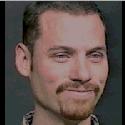
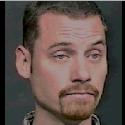
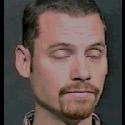
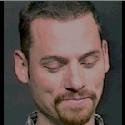
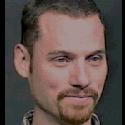
Model-based tracking
A 3D face model is fitted to each frame using a continuous optimization technique. Our model is based on a set of 3D face models that are linearly combined using 3D morphing. Our method has the advantages over previous techniques of fitting directly a realistic 3-dimensional face model and of recovering parameters that can be used directly in an animation system.
We also explored many applications, including performance-driven animation (applying the recovered position and expression of the face to a synthetic character to produce an animation that mimics the input video), relighting the face, varying the camera position, and adding facial ornaments such as tattoos and scars.
To fit our model to a target face image, we developed an optimization technique whose goal is to compute the parameters yielding a rendering of the model that best ressemble the target image. The discrepancy between the model rendering and the target image is evaluated by using the 2-norm of the difference image.
The error function is mimimized using the Levenberg-Marquardt algorithm.
Here is an example of a video sequence that was tracked using our face model.

|

|

|

|

|

|
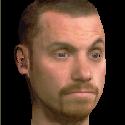
|
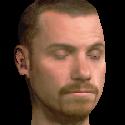
|

|
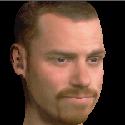
|
The following mpeg animations show some tracking results:
The following mpegs illustrate these applications:
Performance-driven animations:
Alterations of original footage: